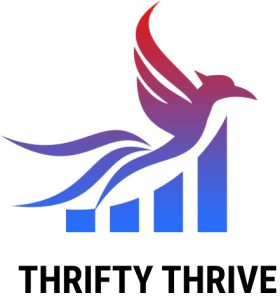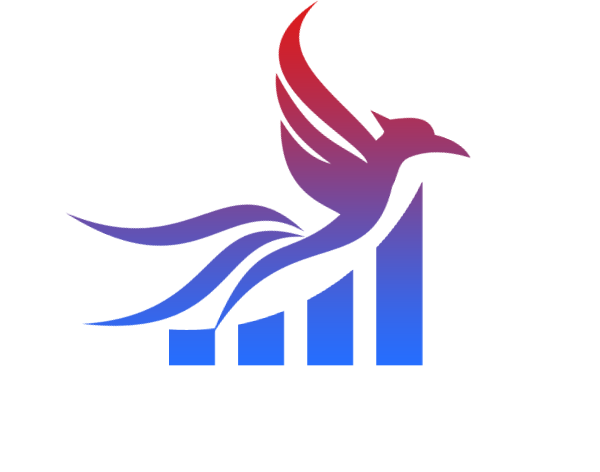Understanding Private Mortgage Insurance (PMI) in Conventional Loans
- Content Writer
- August 18, 2023
- Conventional Loans, Mortgage and Financing Options
- 0 Comments
When venturing into the realm of homeownership, understanding the nuances of mortgage terms can save you money and ensure you make informed decisions. One such term that often pops up for borrowers of conventional loans is Private Mortgage Insurance or PMI. Let’s delve into what PMI means and its implications for home financing.
What is PMI and When is it Required?
Private Mortgage Insurance (PMI) is a type of insurance policy that protects lenders from losses if a homeowner defaults on their mortgage. Essentially, it’s a safeguard for lenders against the risk of lending a large amount of money.
For conventional loans, PMI is typically required when the borrower puts down less than 20% of the home’s purchase price as a down payment. This low initial equity means higher risk for the lender, hence the necessity for PMI. Once the borrower has built at least 20% equity in the home, either through mortgage payments or appreciation, PMI can usually be removed.
Costs and Implications of PMI on Monthly Payments
The cost of PMI varies based on the size and type of loan, but it typically ranges from 0.3% to 1.5% of the original loan amount per year. This additional cost is generally added to the monthly mortgage payment.
Example: If you have a $300,000 mortgage and your PMI rate is 1%, you would pay an additional $3,000 annually, or $250 extra per month.
This might not seem like much at first glance, but over several years, PMI can add up to a significant sum, impacting your overall financing costs.
Real-Life Examples
To better grasp the impact of PMI:
Scenario 1: Jessica buys a home for $400,000. She has $40,000 (10% of the purchase price) for a down payment. Since she’s not reaching the 20% threshold, her lender requires PMI. If her PMI rate is 0.7%, she would be paying an extra $2,520 per year, or about $210 per month.
Scenario 2: Mark and Lisa purchase a home for $500,000. They put down $125,000 (25% of the purchase price). Given their substantial down payment, they are not required to pay PMI, saving them potentially thousands of dollars over the life of the loan.
Tips to Avoid or Eliminate PMI
- Larger Down Payment: The most straightforward method is to put down at least 20% when purchasing the home.
- Regular Appraisals: If you believe your property’s value has increased, a new appraisal can adjust the loan-to-value ratio in your favor.
- Mortgage Refinancing: Refinancing might be an option if property values have risen or you’ve paid down a significant portion of your loan.
- Making Additional Payments: This can help build equity faster, reaching the 20% threshold sooner.
- Lender-Paid Mortgage Insurance: Some lenders offer this, where the cost of the PMI is built into a slightly higher interest rate. This can be a good option for those who plan to refinance or sell within a few years.
In Summary
When considering conventional loans, it’s crucial to understand the role and implications of PMI. While it can increase monthly payments, it’s also a tool that enables homeownership for those unable to afford a large down payment. Knowledge is power, and understanding PMI ensures you’re better equipped to navigate the home-buying process.


